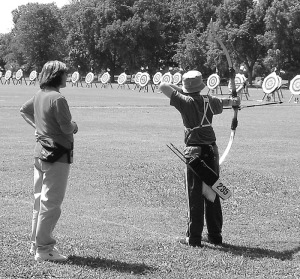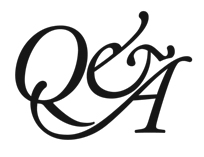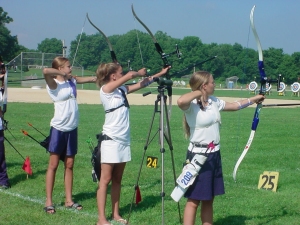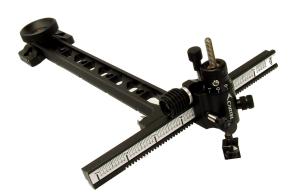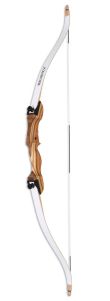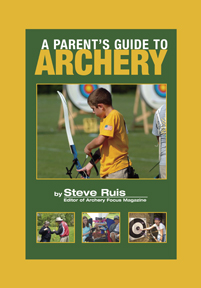Archers believe a lot of things that are just not true and they will convince you of these things with you if you aren’t careful. We can’t possibly go into all of them but we can look at a few.
Practice Always Makes You Better
This is a misconception that most people believe. If you just keep going to practice, taking lessons, etc. you will automatically get better. This is true when you are a beginner but rapidly becomes not true as you become adept. Basically, if you have “automated” your shot, meaning you don’t have to think a lot or even much at all to make your shots and the results are reasonably good, just practicing more will no longer make you better.
According to Anders Ericsson: “Research has shown that, generally speaking, once a person reaches that level of “acceptable” performance and automaticity, the additional years of “practice” don’t lead to improvement. If anything, the doctor or teacher or the driver who’s been doing it for twenty years is likely to be a bit worse that the one who’s been doing it for only five, and the reason is these automated abilities gradually deteriorate in the absence of deliberate efforts to improve.”
If you follow professional basketball, you know that starts are people who are always adding something to their game. Comments are frequently along the lines of “He/she worked hard all summer to add a three-point shot to his/her game or a ‘post-up ability” to his/her game. Michael Jordan came into the NBA as a fairly poor shooter. Needless to say he improved his shooting somewhat. These athletes are adding something new, which not only increases their repertoire of abilities but also has them improving their skills. The really hard work is improving skills that are already adequate.
So, if you have been going to regular class or taking lessons, but you have just been doing the same old things, you are probably not getting better. This also means you are probably getting worse as recent scientific studies have shown that almost every activity we engage, whether new or frequently done is painted as being “new” in part mentally. This is apparently a protection of falling into predictable patterns. If one always does the same thing in response to a stimulus, then one becomes predictable and predators love predictable prey. To always have a certain amount of unpredictability hard-wired into our behaviors, everything we do is a tough “new,” as if we were just learning it. This is one of the reasons why archers need to practice continually to maintain their skills. And that practice, in order to be effective, has to be intensely focused on become “better,” with higher standards imposed, more effort expended, etc. Basically “good enough” never is and if you aren’t trying to get better, you are probably getting worse.
A New Piece of Equipment Will Improve Your Scores
Archers firmly believe that if they just had a better <fill in the blank>, their archery would improve. A new bow, arrows, stabilizer system, binoculars, etc. will make me better! Unfortunately, there are three possible outcomes when you change out pieces of your equipment: you can get better, you can stay the same, or you can get worse.
What? You mean if I get that new bow I have been lusting after, my scores may actually go down?
Yes, that is exactly what we are saying.
Here are what have to be in your situation for an improvement to be in the offing. First, your equipment needs to be holding you back. Something about your old bow is preventing you from shooting better. It is too heavy for you to hold in position at full draw. It has too high of a draw weight. The component parts are worn and don’t line up or stay lined up. Something like that. If you replace that bow with a bow that is not too heavy, or is just the right draw weight, or can be set up correctly, you will get an improvement in your scores.
Unfortunately, people get bored with what they have and dream of something “better.” (We all do.) But then we go out, like one of our students did, and buy a compound bow that was too heavy, had too much draw weight and had a draw length range that didn’t include our student’s actual draw length. But is was shiny, red, and had flames painted on it.
When you get “new” gear, you need to ask it to prove it is actually “better.” After you have set up and/or tuned it, shoot some practice rounds and see if the scores are better than your previous practice rounds. Check you group sizes, something. Otherwise you can be fooled into thinking that you’ve gotten “better” when really nothing has changed or, worse, you have gotten worse.
Something you have to watch out for, though, is the Hawthorne Effect. This is a short term effect that whenever you get something new, it performs better than the thing it replaced, at least for a short while. The key is “for a short while.” So don’t be quick to conclude that your new gear is super. Whenever we get new archery gear, our interest level and focus go up for a few days to a week and our performance goes up because of the increase focus and interest, but that wears off with the “new” feeling. Once it is gone you may be back where you started.
Conclusion
Archers heartily believe in a great many things that turn out not to be true. We encourage you to listen to one and all and to be skeptical. Don’t assume everything you hear or read is true just because the speaker or writer believes it is true. We are all unique as archers and what works for us, should pass the test of performance before you believe it “works for you.”


